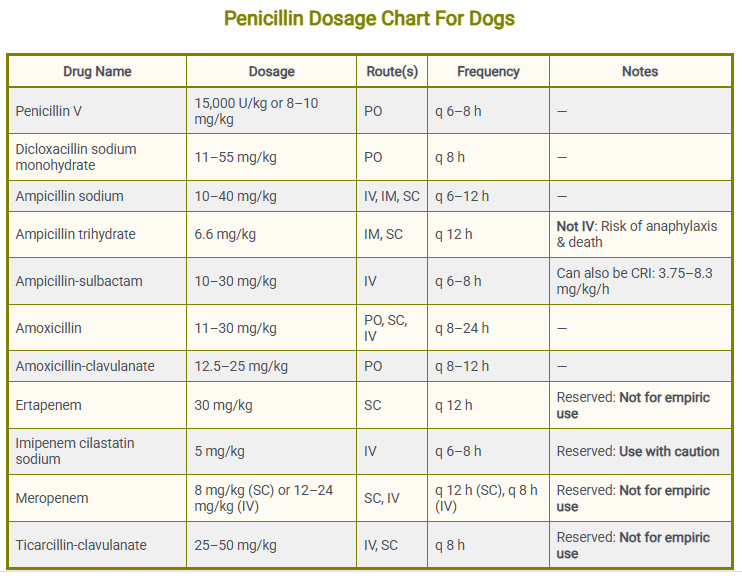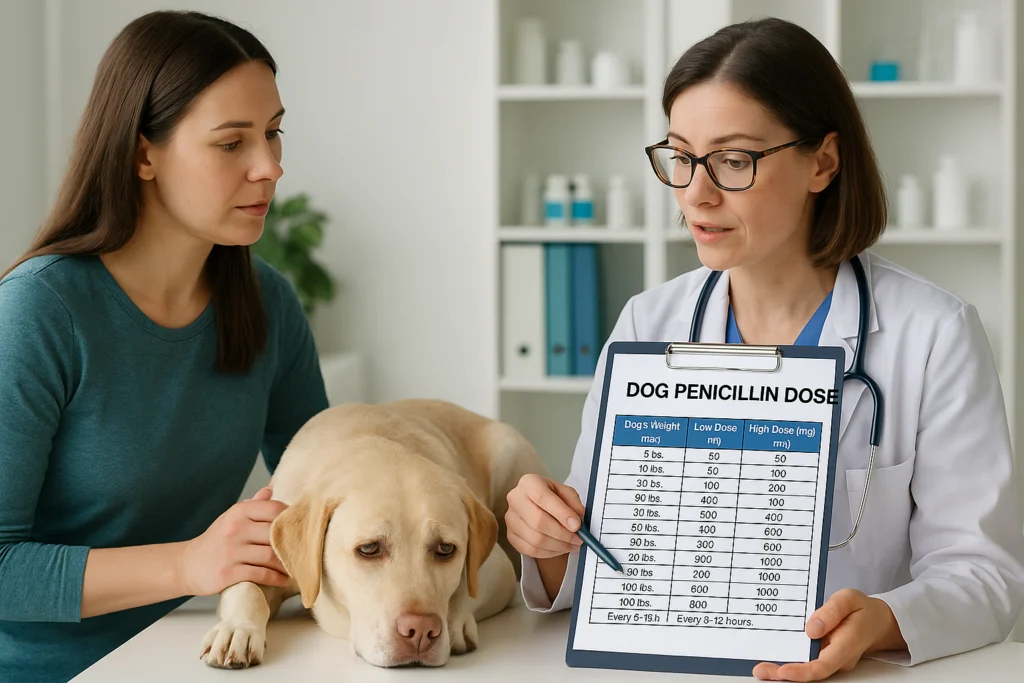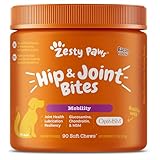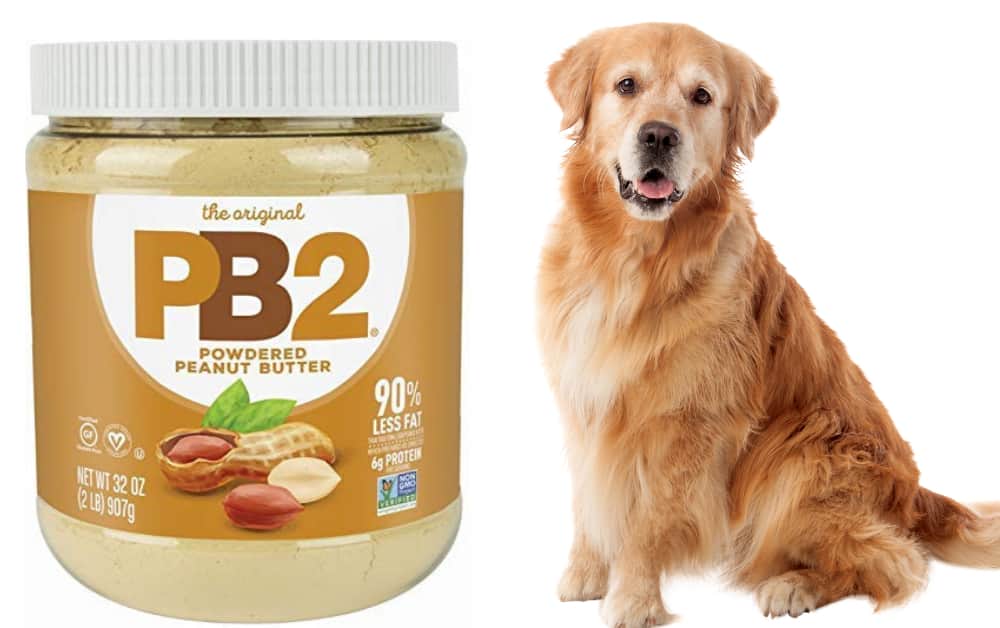Penicillin is one of the oldest and most commonly prescribed antibiotics for bacterial infections, both in humans and animals. In veterinary medicine, dog penicillin dose is primarily used to treat a range of infections caused by susceptible bacteria. However, its use must be based on precise weight-based dosages, type of infection, and mode of administration.
Giving too little might not cure the infection, while giving too much can lead to severe side effects or even death.
This article will guide you through the ins and outs of penicillin dosage for dogs, backed by expert insights, real-world practices, and a dosage chart to help you understand the correct amount based on your dog’s weight.
Whether you’re a dog parent, aspiring vet tech, or just curious—this guide breaks it all down, step by step.
Among the various forms, Penicillin V is a commonly prescribed oral antibiotic for mild to moderate infections in dogs. This form of penicillin is usually dosed at 15,000 units/kg or 8–10 mg/kg, administered every 6–8 hours. It’s crucial to follow these guidelines closely to ensure therapeutic effectiveness and prevent antibiotic resistance.
Disclaimer: All the information in this article is for educational purposes only and should never replace your vet’s advice. Always consult your vet before giving any medication to your pooch.
Penicillin Dosage Chart For Dogs
| Drug Name | Dosage | Route(s) | Frequency | Notes |
|---|---|---|---|---|
| Penicillin V | 15,000 U/kg or 8–10 mg/kg | PO | q 6–8 h | — |
| Dicloxacillin sodium monohydrate | 11–55 mg/kg | PO | q 8 h | — |
| Ampicillin sodium | 10–40 mg/kg | IV, IM, SC | q 6–12 h | — |
| Ampicillin trihydrate | 6.6 mg/kg | IM, SC | q 12 h | Not IV: Risk of anaphylaxis & death |
| Ampicillin-sulbactam | 10–30 mg/kg | IV | q 6–8 h | Can also be CRI: 3.75–8.3 mg/kg/h |
| Amoxicillin | 11–30 mg/kg | PO, SC, IV | q 8–24 h | — |
| Amoxicillin-clavulanate | 12.5–25 mg/kg | PO | q 8–12 h | — |
| Ertapenem | 30 mg/kg | SC | q 12 h | Reserved: Not for empiric use |
| Imipenem cilastatin sodium | 5 mg/kg | IV | q 6–8 h | Reserved: Use with caution |
| Meropenem | 8 mg/kg (SC) or 12–24 mg/kg (IV) | SC, IV | q 12 h (SC), q 8 h (IV) | Reserved: Not for empiric use |
| Ticarcillin-clavulanate | 25–50 mg/kg | IV, SC | q 8 h | Reserved: Not for empiric use |
Dog Penicillin Dose
- Penicillin V
- Dose: 15,000 U/kg or 8–10 mg/kg
- Route: PO (oral)
- Frequency: Every 6–8 hours
- Dicloxacillin sodium monohydrate
- Dose: 11–55 mg/kg
- Route: PO
- Frequency: Every 8 hours
- Ampicillin sodium
- Dose: 10–40 mg/kg
- Route: IV, IM, or SC
- Frequency: Every 6–12 hours
- Ampicillin trihydrate
- Dose: 6.6 mg/kg
- Route: IM or SC
- Frequency: Every 12 hours
- Note: Do NOT administer IV — risk of anaphylaxis and death
- Ampicillin-sulbactam
- Dose: 10–30 mg/kg IV every 6–8 h or 3.75–8.3 mg/kg/h as a CRI
- Route: IV
- Amoxicillin
- Dose: 11–30 mg/kg
- Route: PO, SC, or IV
- Frequency: Every 8–24 hours
- Amoxicillin-clavulanate
- Dose: 12.5–25 mg/kg
- Route: PO
- Frequency: Every 8–12 hours
- Ertapenem (Reserved)
- Dose: 30 mg/kg
- Route: SC
- Frequency: Every 12 hours
- Note: Not for empiric treatment
- Imipenem cilastatin sodium
- Dose: 5 mg/kg
- Route: IV
- Frequency: Every 6–8 hours
- Meropenem (Reserved)
- Dose: 8 mg/kg SC every 12 h or 12–24 mg/kg IV every 8 h
- Route: SC or IV
- Ticarcillin-clavulanate (Reserved)
- Dose: 25–50 mg/kg
- Route: IV or SC
- Frequency: Every 8 hours
What Is Penicillin For Dogs?
Let’s start at the basics. Penicillin is a group of antibiotics derived from Penicillium mold, first discovered by Alexander Fleming in 1928. Since then, it’s evolved into various forms used to combat bacterial infections. In veterinary use, penicillin has become a cornerstone in treating a variety of illnesses in canines, thanks to its ability to destroy or inhibit the growth of certain bacteria.
There are multiple forms of penicillin, each with a slightly different use-case:
- Penicillin G – Often used for more severe infections and usually given via injection.
- Penicillin V – Taken orally and used for milder infections.
- Amoxicillin – A more advanced version that’s absorbed better through the stomach lining.
- Ampicillin – Similar to amoxicillin, but sometimes used when IV delivery is required.
What makes penicillin particularly effective is its ability to weaken bacterial cell walls, leading to the death of the bacteria. However, not all bacteria are vulnerable to penicillin, and incorrect use can lead to resistance—a serious concern in both human and veterinary medicine.
It’s also important to note that penicillin does not work against viral infections. So if your dog has a viral illness, using penicillin won’t help and may even delay proper treatment.
When Do Dogs Need Penicillin?
Not every sniffle or sneeze calls for antibiotics. But there are specific conditions where penicillin is not only appropriate—it’s necessary. Here’s when your vet might prescribe it:
- Skin infections – Cuts, abrasions, or surgical wounds can become infected with bacteria.
- Urinary tract infections (UTIs) – Common in dogs, especially females.
- Respiratory infections – Coughing, sneezing, and nasal discharge might point to bacterial bronchitis or pneumonia.
- Ear infections – Often bacterial in nature, especially in floppy-eared breeds.
- Dental infections – An abscessed tooth or gum disease can require antibiotics.
- Post-surgical prevention – Some surgeries necessitate a short course of antibiotics to prevent infection.
How do you know your dog might need antibiotics like penicillin? Look for signs such as:
- Persistent coughing
- Loss of appetite
- Swollen or red wounds
- Discharge from eyes, ears, or genitals
- Fever
- Lethargy
Always consult your vet before starting any antibiotic. They’ll likely conduct tests or take a swab to determine whether the infection is bacterial—and which antibiotic the bacteria are sensitive to.
Types of Penicillin Prescribed to Dogs
Veterinarians don’t use a one-size-fits-all approach when it comes to antibiotics. Depending on the type and location of the infection, your dog might be prescribed different penicillin variants. Here’s a closer look at the most commonly used ones:
Penicillin G
- Often administered via intramuscular or subcutaneous injection.
- Used for serious infections like sepsis or severe skin infections.
- Has a narrow antibacterial spectrum—so it’s not always the first choice.
Amoxicillin
- The most popular oral penicillin for dogs.
- Broad-spectrum, meaning it can handle many types of bacterial infections.
- Often combined with clavulanic acid (as in Clavamox) to boost its power.
Ampicillin
- Typically administered through injection.
- Less commonly used now but still an option in some surgical or hospital settings.
Penicillin V
- An oral version similar to Penicillin G but milder.
- Less frequently prescribed but can be effective in certain upper respiratory infections.
The form, type, and dose all depend on your dog’s needs. Injectable forms work faster and are often used in emergencies or when the dog can’t take oral meds. Meanwhile, oral antibiotics like amoxicillin are convenient for at-home treatment and widely accepted by dogs when flavored appropriately.
Factors Influencing Dog Penicillin Dosage
Now, let’s talk about the nitty-gritty of dosage. You can’t just give a medium-sized dog the same amount you’d give a Chihuahua or a Great Dane. The dose of penicillin is influenced by several key factors:
Oral vs. injectable forms have different dosing schedules.
- Weight and Size
- This is the single most critical factor. Penicillin dosages are typically measured in milligrams per kilogram (mg/kg).
- Age and Breed
- Younger dogs metabolize drugs differently than older ones.
- Health Condition
- A dog with liver or kidney disease may not be able to process antibiotics properly.
- Type of Infection
- Skin infection? Ear infection? Systemic infection? The location and severity guide dosage.
- Method of Administration
- Oral vs. injectable forms have different dosing schedules.
How to Administer Penicillin to Your Dog
Giving antibiotics to a dog can sometimes feel like a wrestling match, especially when they catch on to your tricks. Luckily, there are a few strategies and tips to make it go more smoothly, whether you’re giving oral meds or handling injections.
Oral Administration: Pills and Liquids
- Pills: Hide them in treats like peanut butter, cheese, or a commercial pill pocket. Make sure your canine actually swallows it—some are sneaky enough to spit it out later.
- Liquid Suspension: Use a syringe (without the needle) to squirt the medicine into the back corner of your dog’s mouth. Gently hold their muzzle and tilt their head back for easier administration.
Tips for Success:
- Always follow with a treat or praise to build a positive association.
- Give the medication with food unless advised otherwise. It helps prevent stomach upset.
- Stay calm and patient—dogs pick up on your energy.
Injectable Penicillin
This route is usually reserved for severe cases and typically done at a vet’s office. However, some pet owners are taught to give injections at home under veterinary guidance.
Important Guidelines:
- Use sterile needles and syringes.
- Rotate injection sites to avoid irritation.
- Inject into the muscle (IM) or under the skin (SC), depending on your vet’s instructions.
- Never administer injectable penicillin without proper training. Mistakes can lead to abscesses, nerve injury, or overdose.
Side Effects and Reactions to Watch For
Penicillin is generally safe, but like any drug, it can cause side effects. These vary from mild discomfort to serious allergic reactions.
Common Side Effects:
- Vomiting
- Diarrhea
- Loss of appetite
- Drooling or lip smacking (especially after oral suspension)
These symptoms are usually mild and resolve within a day or two. You can often continue the medication unless your vet says otherwise.
Moderate to Severe Side Effects:
- Rash or hives
- Swelling of face or limbs
- Difficulty breathing
- Rapid heartbeat
- Lethargy or unresponsiveness
If any of these occur, stop the medication immediately and seek emergency veterinary help. Your dog might be experiencing an allergic reaction, which can be life-threatening.
What to Do in Case of Reaction:
- Contact your vet right away.
- Give antihistamines (only under vet direction).
- Monitor breathing and heart rate.
- Be prepared to head to an emergency vet clinic if symptoms escalate.
Always keep a record of your canine past drug reactions and share them with your vet. If your dog has a known allergy to penicillin, they may suggest a safer alternative like doxycycline or cephalexin.
Penicillin Overdose in Dogs
Let’s talk about one of the scariest scenarios: penicillin overdose. While safe penicillin dosgae for dogs is a relatively safe antibiotic when used correctly, too much of it can cause serious harm to your furry friend.
Symptoms of Penicillin Overdose:
- Vomiting and severe diarrhea
- Excessive drooling
- Disorientation or confusion
- Seizures or tremors
- Muscle weakness or paralysis
- Loss of consciousness
Overdosing can overload your dog’s liver and kidneys, which are responsible for filtering the drug. In high doses, penicillin can also cross the blood-brain barrier, causing neurological symptoms.
Emergency Action Steps:
- Stop medication immediately
- Contact your emergency vet
- Bring medication packaging
- Only induce vomiting if instructed
- Monitor for distress
Veterinarians might administer activated charcoal and provide IV fluids. The outcome depends on response time and amount ingested.
Bottom line? Always:
- Measure doses carefully
- Follow vet directions exactly
- Store medications securely
Alternatives to Penicillin for Dogs
When penicillin isn’t suitable, vets may recommend:
- Cephalexin (Keflex)
- For skin, urinary, and respiratory infections
- Clindamycin
- Effective for dental infections and abscesses
- Metronidazole
- Treats gastrointestinal issues
- Doxycycline
- For tick-borne illnesses
- Enrofloxacin (Baytril)
- For resistant infections
Natural Alternatives (supportive only):
- Colloidal silver
- Raw honey (topical)
- Probiotics
Always consult your vet before using alternatives.
Can You Give Human Penicillin to Dogs?
Human medications can be dangerous for dogs because:
- Dosing differs significantly
- May contain xylitol or other toxins
- Might not treat the specific infection
Veterinary Recommendations:
- Never self-prescribe
- Complete full courses
- Only use pet-specific formulations
What Vets Say About Penicillin For Dogs Use
Vets value penicillin for its:
- Effectiveness
- Affordability
- Established safety profile
But caution about:
- Antibiotic resistance
- Allergic reactions
- Need for proper dosing
Many conduct culture tests before prescribing. Modern veterinary practice emphasizes:
- Judicious antibiotic use
- Owner education
- Close monitoring
When used properly under veterinary supervision, penicillin remains a life-saving medication.
Common Myths About Penicillin in Dogs
With so much information out there, it’s easy to fall for some common myths about penicillin. Let’s set the record straight:
Myth 1: Penicillin Cures All Infections
Not true. Penicillin is only effective against specific types of bacteria. It won’t do a thing for viral infections like kennel cough or parvovirus.
Myth 2: If It Worked Once, It’ll Work Again
Infections can be caused by different bacteria. What worked for a skin infection might not work for a UTI or dental abscess.
Myth 3: You Can Use Leftover Human Penicillin for Your Dog
Dangerous! Human meds often contain additives that are toxic to dogs. Plus, incorrect dosages can lead to side effects or antibiotic resistance.
Myth 4: Natural Remedies Can Replace Antibiotics
While natural remedies can support healing, they should not replace antibiotics for serious bacterial infections.
Myth 5: More Is Better
Wrong again. Giving extra penicillin “just to be safe” can actually harm your dog and may cause toxicity or allergic reactions.
Being informed is the best way to protect your dog’s health. When in doubt, always consult a vet.

You May Also Like To Read:
Final Thoughts
Penicillin, when used responsibly, is a vital tool in the fight against bacterial infections in dogs. From treating skin wounds to curing urinary or respiratory infections, this age-old antibiotic has earned its place in veterinary medicine. But it’s not without risks. The right dosage, frequency, and form—all based on your dog’s weight, health condition, and infection type—are crucial.
Never attempt to treat your dog without professional guidance. Avoid leftover human meds, watch closely for side effects, and don’t skip doses. And most importantly, take steps to prevent infections before they start. A healthy lifestyle, regular vet visits, and good hygiene are your dog’s best defenses.
Penicillin isn’t a cure-all, but with the right care, it can be a powerful ally in your dog’s health journey.
FAQs
Can I give my dog leftover penicillin from a previous illness?
No. Always consult your vet before giving antibiotics. Leftover meds may be expired, improperly dosed, or inappropriate for the current infection.
How quickly does penicillin start working in dogs?
You may see improvements within 24 to 48 hours, but full recovery can take 7–14 days depending on the severity of the infection. Always complete the prescribed course.
What if I miss a dose of penicillin?
Give the missed dose as soon as you remember. If it’s close to the next dose, skip the missed one and resume the regular schedule. Never double up.
Is penicillin safe for pregnant dogs?
Some penicillin antibiotics like amoxicillin may be considered safe, but only a vet can determine the right treatment for a pregnant dog.
Can puppies take penicillin?
Yes, in the right dose and under vet supervision. Puppies are more sensitive, so precise dosing is crucial.










![Can Dogs Eat Blood? 7 Side Effects [Expert Opinion]](https://petskor.com/wp-content/uploads/2022/04/Webp.net-resizeimage-12.jpg)
